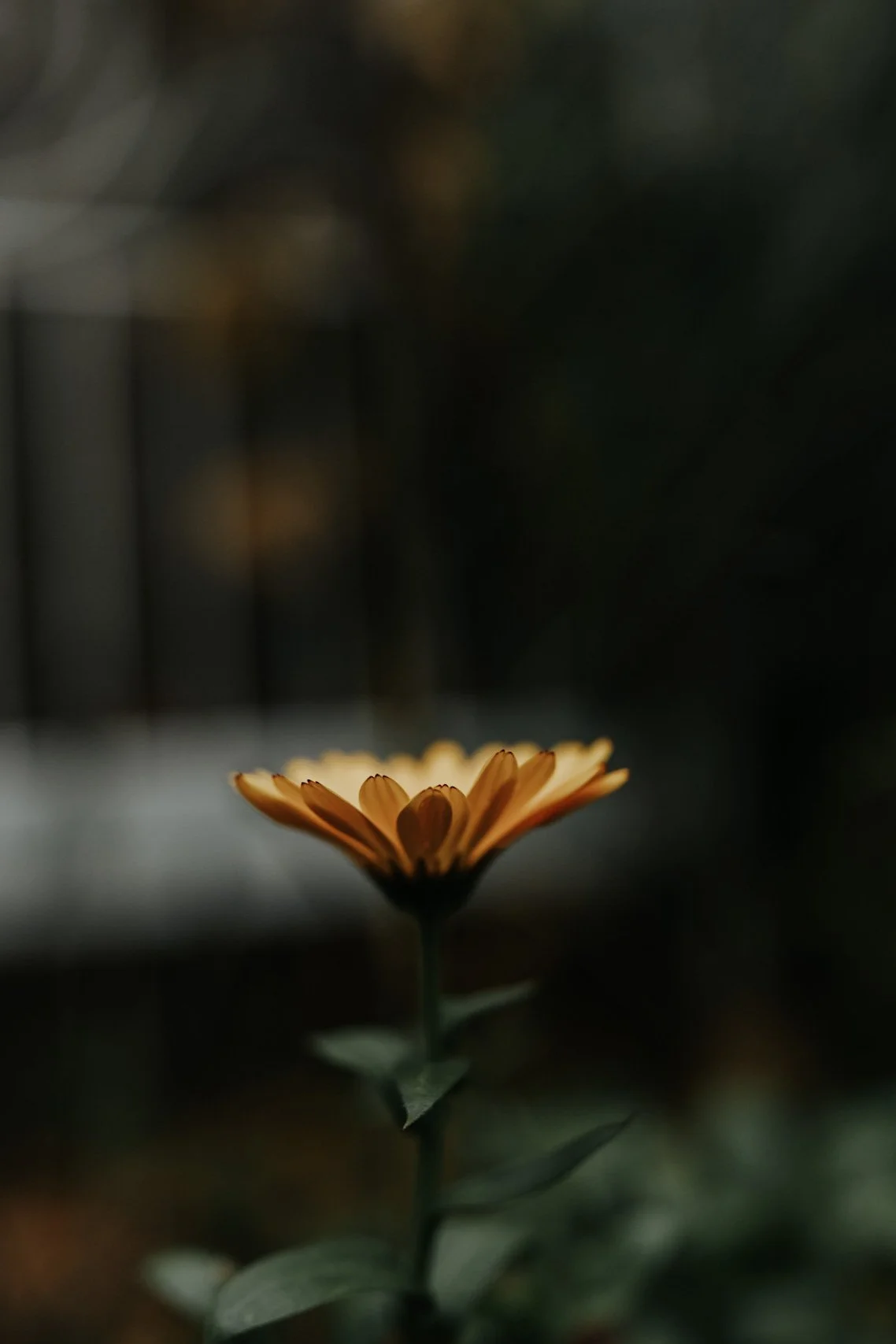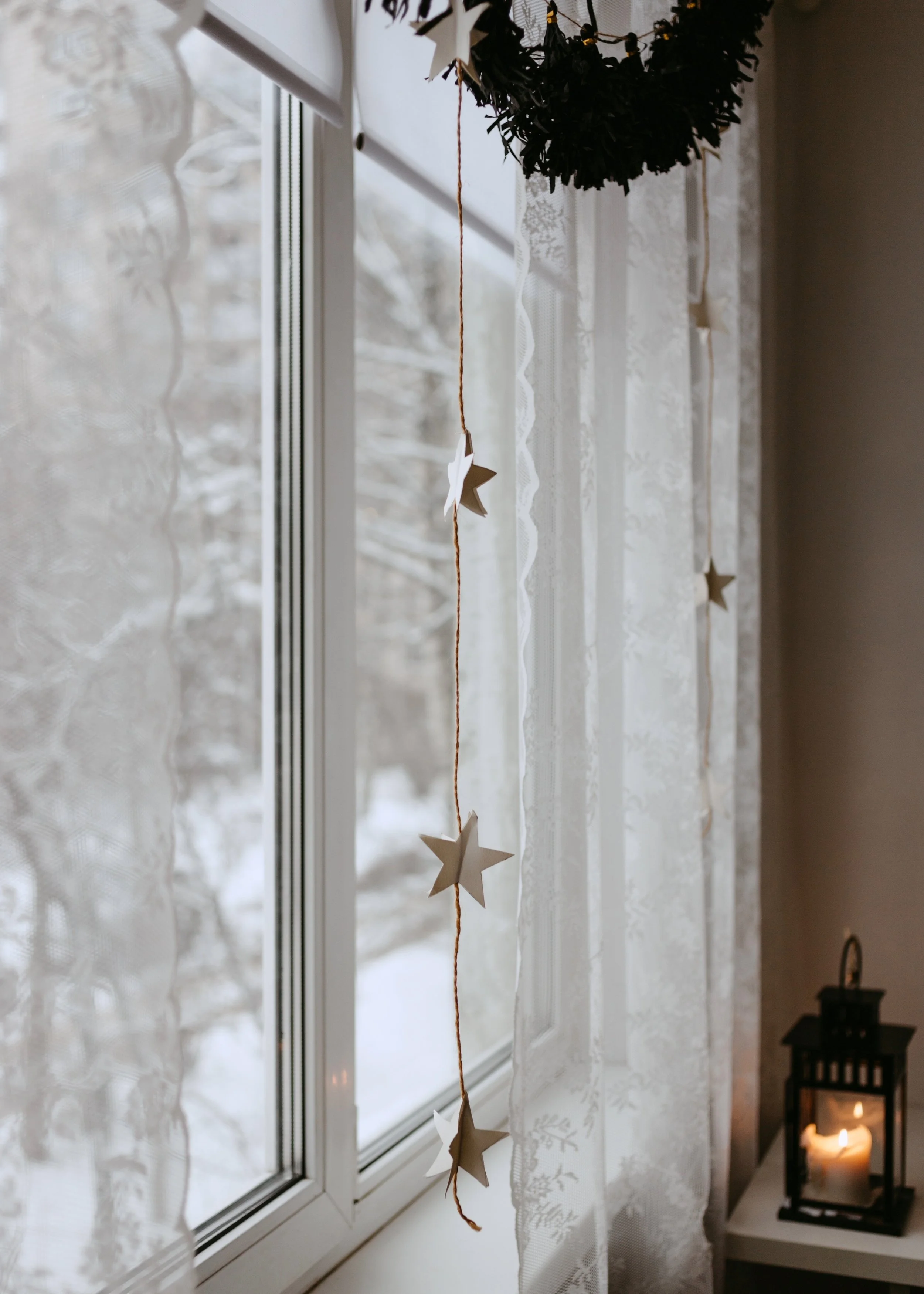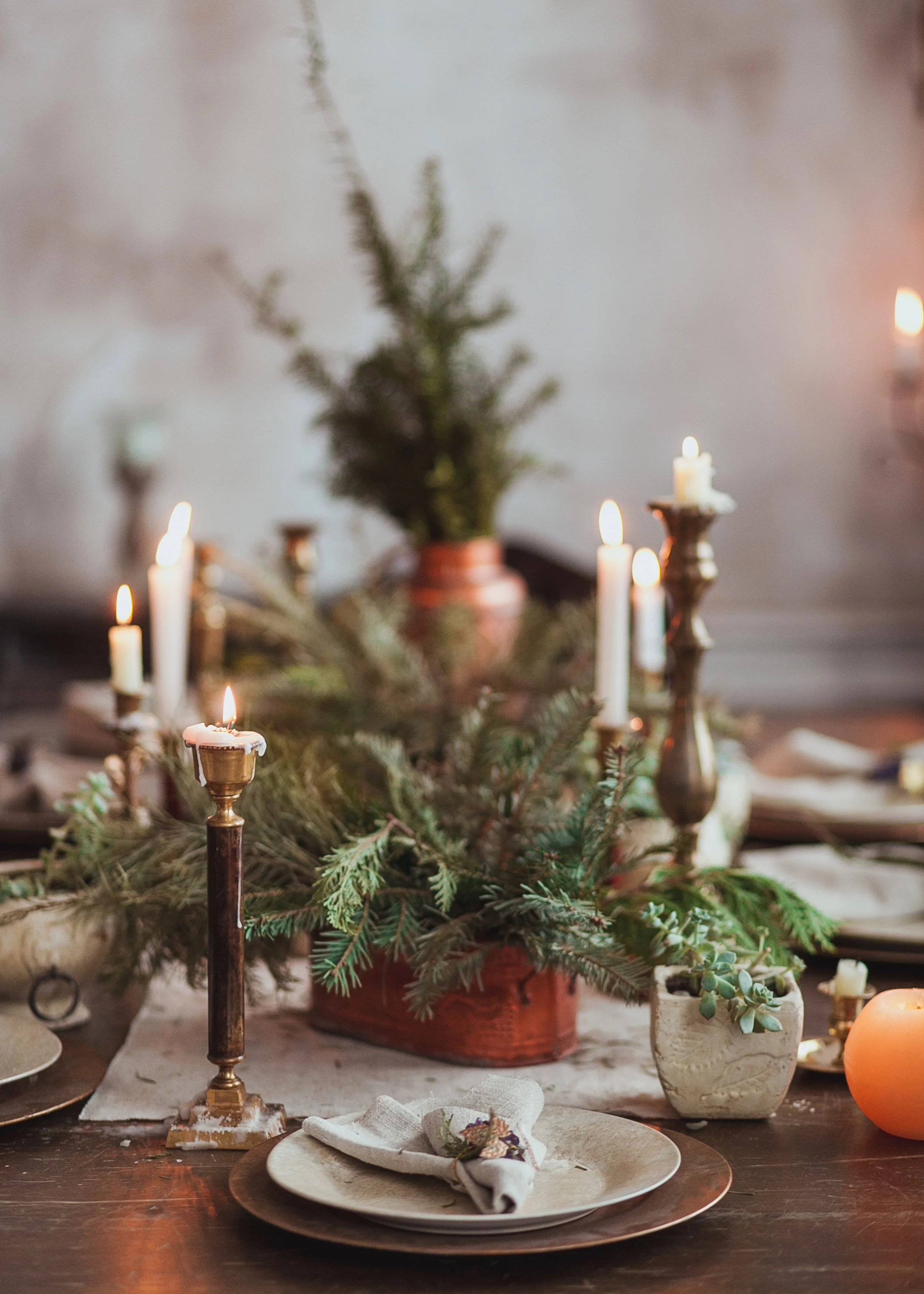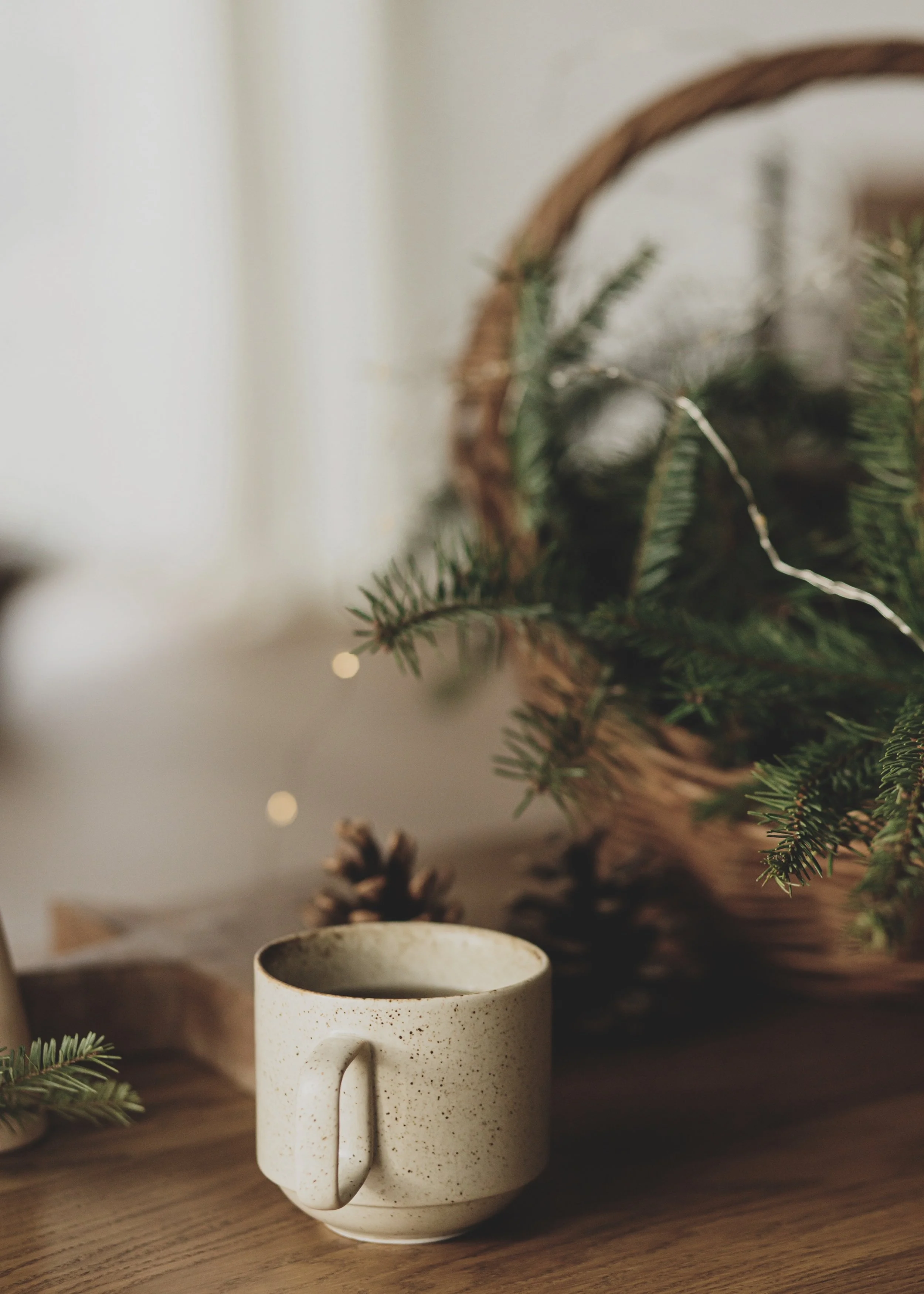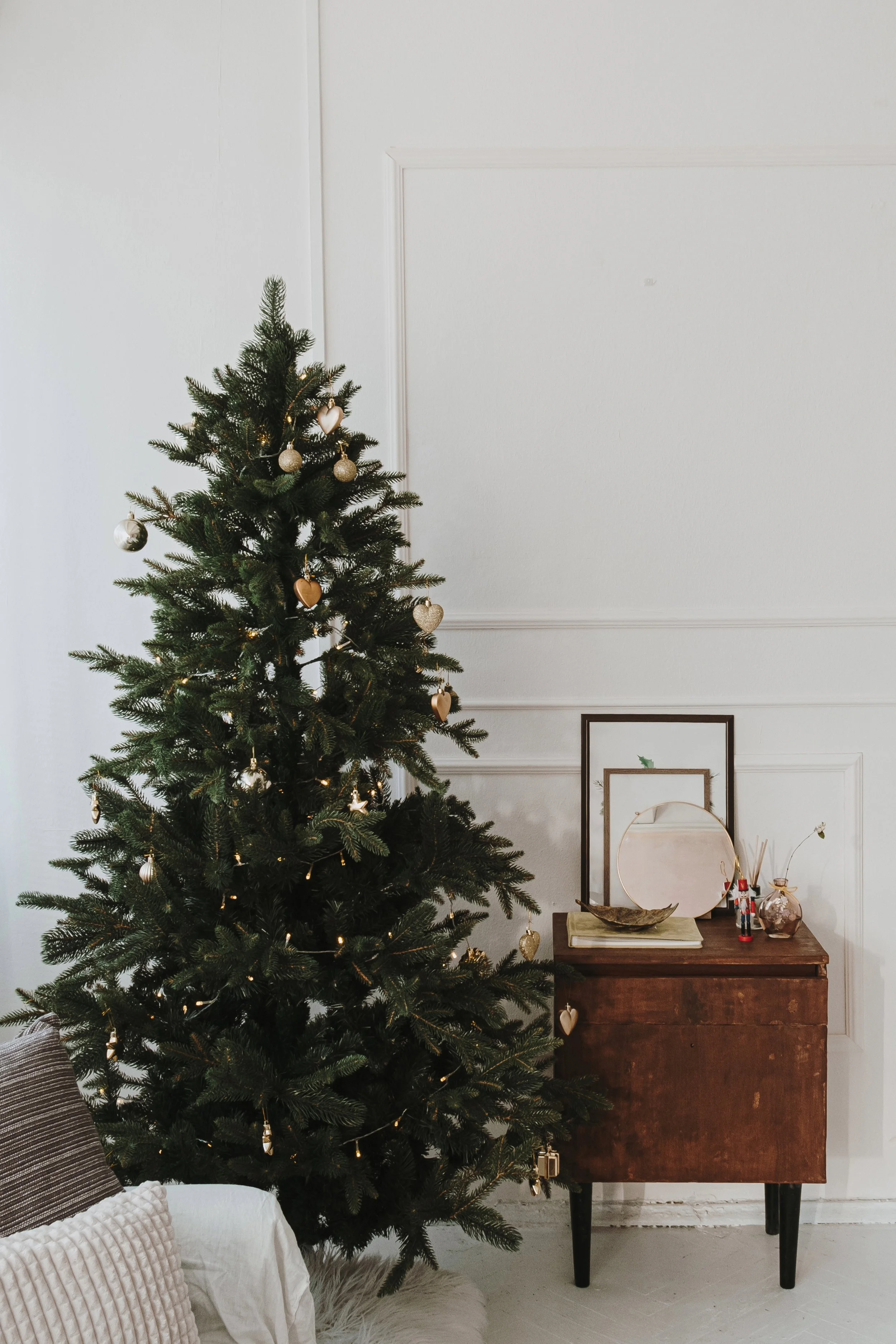My Minimalist Journey: Redefining Minimalism for a Balanced and Intentional Life
How I Redefined Minimalism: A Personal Journey to Intentional Living
Minimalism first caught my attention when I started hearing stories about people who were drastically downsizing their lives—some fitting everything they owned into a single carry-on suitcase or backpack. Others were challenging themselves to live with just 100 items or less. I was utterly intrigued.
I remember thinking: Who are these people, and why on earth would anyone choose to live with so little? Weren’t we supposed to measure success by how much we had? Wasn't accumulating "wonderful things" part of the whole "keeping up with the Joneses" mindset?
Curiosity got the better of me, so I started researching minimalism online. Back then, there wasn't a ton of information available, but I did stumble across a blog that has since become synonymous with the movement. If you’re familiar with minimalism, it will come as no surprise that the blog I found was The Minimalists by Joshua Fields Millburn and Ryan Nicodemus. Their journey and message resonated with me deeply, and I immediately fell in love with the concept.
I devoured everything they wrote, and it didn’t take long for me to want to give it a try myself. Part of me wanted to dive in headfirst with a "packing party" (an exercise where you pack up everything you own and only unpack what you need). But my more cautious side kicked in, and instead, I tiptoed into the lifestyle—one Goodwill trip at a time.
As I began slowly going through my belongings, I discovered something unexpected. Letting go of items—things I rarely used or even thought about—felt liberating. There was something deeply satisfying about decluttering and creating physical space, and, as an added bonus, I noticed that my mind felt clearer too. It became apparent that there was a direct link between the clutter in my home and the clutter in my mind. As I cleared my space, I also felt like I was clearing mental and emotional weight.
For the next couple of years, I lived with more awareness of what I owned. I was careful to regularly sort through my belongings, letting go of anything I didn’t love or need. But despite my efforts, I couldn’t shake the feeling that I still had too much. I wasn’t really living the minimalist lifestyle I aspired to—I felt like an imposter, a "pretend minimalist."
So, I decided to make a big change. I boxed up all of my belongings, gave most of my furniture to my younger sister, and moved into a small one-bedroom apartment. This time, I was determined to do minimalism "right." I left everything boxed up unless I absolutely needed it, kept the walls bare, and lived without internet or TV. Finally, I felt like I had earned my minimalist badge.
And I was miserable.
I found myself craving the cozy comfort of my sister’s home. Every time I visited, I’d curl up on her sofa, surrounded by the warmth of her "stuff"—blankets, framed pictures, trinkets, and shelves filled with books. It felt so comforting, so welcoming. I didn’t want to leave. My minimalist apartment, by contrast, felt cold and empty.
After about a year of living in this sparse environment, I relocated to San Francisco for work. I brought only two suitcases and shipped three boxes of essentials to my furnished apartment. The rest of my things went into storage.
That little studio in San Francisco? It was cozy. It had decorations on the walls, cookware in the kitchen, and—gasp—internet and TV. And for the first time in a while, I felt truly at home. I was more comfortable in that furnished apartment, filled with someone else’s things, than I ever had been in my own minimalist space.
That was a wake-up call. I had been so intent on adhering to a strict version of minimalism that I ignored how unhappy it was making me. I had wrapped my identity in being a minimalist, thinking it had to look a certain way. But now I wasn’t sure what to think. Was I still a minimalist? Could I even be a minimalist if I liked having stuff?
Cue the identity crisis.
I sat with these conflicting feelings and started re-evaluating what minimalism actually meant to me. Slowly, I realized that I had misunderstood the essence of minimalism.
Minimalism, Redefined:
Minimalism, for me, isn't about a specific number of items or living in an empty space. It’s an awareness—a mindful approach to owning things. It’s about knowing why I own what I own. Minimalism isn’t about deprivation; it’s about intentionality.
It's not the number of possessions that define me; the things I own do not determine my success, influence, or self-worth. Minimalism is about questioning why I have certain items:
- Are they useful?
- Do I genuinely enjoy and love them?
- Do they support my health and well-being?
- How were they made, and what impact did their production have on the environment?
Minimalism is about recognizing the responsibility that comes with buying and owning items. Everything I purchase has a footprint—whether it's the waste produced during manufacturing or the environmental cost of disposing of it when I'm done. I’ve become more conscious of this impact and more mindful of the choices I make.
Minimalism also involves emotional awareness. Why do I feel compelled to buy or hold onto certain things? Am I seeking comfort or a sense of security? Do I get a temporary high from shopping, only to feel unfulfilled afterward? These are the questions I ask myself now, and they guide my decisions.
Owning with Awareness:
Today, I embrace a balanced version of minimalism. I own more than 100 things. I have stuff on my walls, books in my kitchen, and more shoes than I technically "need." I have internet and TV. But now, I approach ownership with awareness. I know why I own each item and what it means to me.
Minimalism isn’t a one-size-fits-all journey. It’s a personal practice, and it looks different for everyone. What matters is the intention behind it.
I’m grateful I discovered minimalism and for the lessons it has taught me along the way. I’ve learned that it’s not about living with as little as possible—it’s about living with as much awareness as possible. It’s about letting go of what doesn’t serve me and holding onto what brings value to my life.
And for me, that’s the heart of minimalism.
With warmth,
Sarah Voiles
